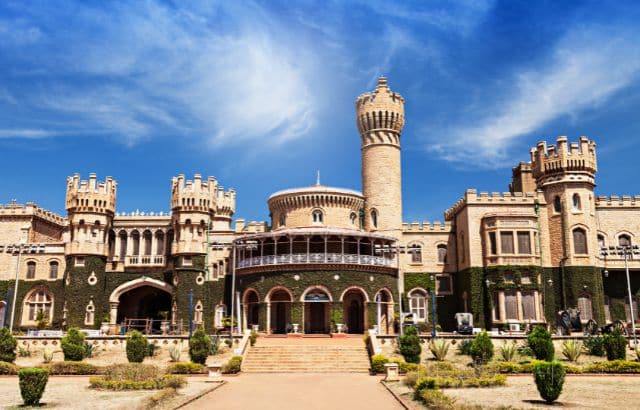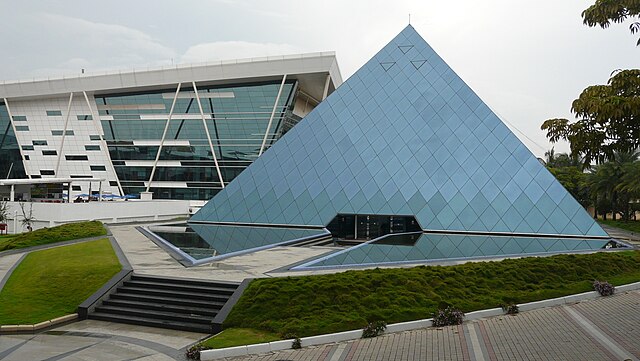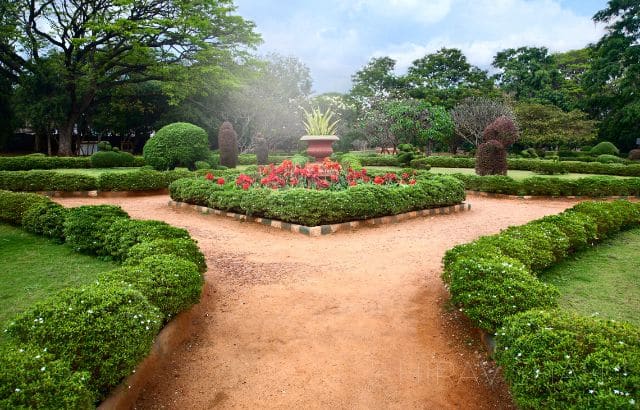Bengaluru, the dynamic capital of Karnataka, is a city that beautifully fuses the old and the new in its architectural designs. As one of India’s fastest-growing cities, Bengaluru has become a symbol of modernity, innovation, and sustainability, while still retaining its cultural heritage. The city’s architecture mirrors its growth trajectory, with historic buildings sitting alongside cutting-edge modern designs.
In this blog, we will explore Bengaluru’s top 10 architectural designs that have left an indelible mark on the skyline and contributed to its charm and identity.
Table of Contents
1. Vidhana Soudha: A Symbol of Legislative Power

Vidhana Soudha, an iconic landmark of Bengaluru, stands as a testament to the power and grandeur of India’s democratic system. This stunning building, constructed in the 1950s, is a blend of Neo-Dravidian and Renaissance styles. It serves as the seat of the Karnataka State Legislature. The grand façade, colossal pillars, and intricate carvings make Vidhana Soudha one of Bengaluru’s most admired buildings.
2. Bangalore Palace: A Royal Legacy

Inspired by England’s Windsor Castle, the Bangalore Palace is an architectural marvel showcasing Tudor and Scottish Gothic styles. This 19th-century palace, with its stunning woodwork, elaborate stained-glass windows, and sprawling gardens, offers a glimpse into the royal history of the Wodeyar family. It’s a perfect blend of colonial and Indian architectural influences.
3. The UB City: Modern Commercial Elegance

UB City is Bengaluru’s answer to luxury and modernity. This high-rise commercial complex is a blend of contemporary design with cutting-edge technology. The glass façades and sleek lines give it an international feel. Home to luxury brands, international offices, and fine dining, UB City has transformed the business landscape of Bengaluru.
4. Infosys Campus: A Green Architectural Marvel

Infosys, one of India’s leading tech giants, has campuses around the world, but the Bengaluru campus stands out for its focus on sustainability. Designed by Kenzo Tange, this sprawling campus is known for its green spaces, water conservation systems, and solar-powered energy. The architecture integrates modernity with environmental consciousness, creating a balanced working environment.
5. Lalbagh Botanical Garden: A Historical Green Space

Lalbagh is not just a garden; it’s an architectural haven that blends nature with design. Built in the 18th century by Haider Ali and later expanded by Tipu Sultan, the garden boasts a glasshouse modeled after London’s Crystal Palace. The Mughal and Persian designs are evident throughout the garden’s layout, making it a must-see landmark for history and architecture enthusiasts.
6. NIMHANS Convention Centre: A Contemporary Masterpiece
The NIMHANS Convention Centre is a testament to contemporary architecture with its sleek and functional design. The building features clean lines, minimalistic design, and large glass windows. The layout of the centre maximizes natural light, while also maintaining a sense of openness and serenity, making it one of the top venues for conferences and exhibitions in Bengaluru.
7. Chitrakala Parishath: A Cultural and Architectural Icon
Chitrakala Parishath, a cultural complex and museum, offers a fascinating mix of modern architecture with traditional Indian aesthetics. The galleries feature a contemporary design that blends well with its surrounding lush green spaces. The artistic detailing in the structure, coupled with the integration of traditional Indian motifs, makes this place a visual delight.
8. The Leela Palace Bengaluru: Luxury Redefined
The Leela Palace in Bengaluru takes luxury to new heights, with a design that draws inspiration from the grandeur of Indian palaces and royal estates. The architecture reflects the Dravidian style with intricate carvings, domes, and chandeliers. With lush gardens and expansive courtyards, it’s a place where elegance meets modern comfort.
9. The Indian Institute of Science (IISc): A Blend of Heritage and Innovation
The Indian Institute of Science (IISc) in Bengaluru is renowned for its academic excellence, but its campus architecture is equally impressive. The main building, built in the Indo-Saracenic style, combines colonial architecture with traditional Indian elements. The sprawling campus is dotted with beautiful buildings that blend historical design with modern elements, making it a beacon of knowledge and architectural brilliance.
10. Sree Chamarajendra Park (Cubbon Park): A Green Oasis with Colonial Influence

Cubbon Park, Bengaluru’s green lung, not only offers a relaxing space but also showcases colonial-era architecture. Built in 1870, it houses several important buildings such as the High Court, Vidhana Soudha, and the State Library. The park’s design, combined with its surrounding buildings, gives it an old-world charm while still being a vibrant, modern urban space.
Conclusion
Bengaluru’s architectural landscape is a beautiful amalgamation of tradition, culture, and modernity. The city’s buildings, from the regal Bangalore Palace to the sleek design of the UB City, showcase the diverse architectural styles that have shaped this dynamic city. These top 10 architectural marvels are not just structures but symbols of Bengaluru’s growth, heritage, and aspiration to maintain a balance between the old and the new. Whether you’re an architecture enthusiast or simply someone who enjoys beautiful spaces, Bengaluru offers a unique experience through its exceptional buildings.
FAQs
Q1: What architectural style is most prominent in Bengaluru?
A1: Bengaluru showcases a mix of architectural styles, including Neo-Dravidian, Indo-Saracenic, Modern, and Contemporary. Many structures, like Vidhana Soudha and the Bangalore Palace, blend traditional Indian styles with colonial influences.
Q2: What is the significance of Lalbagh’s glasshouse?
A2: Lalbagh’s glasshouse is modeled after London’s Crystal Palace and is a significant part of the garden’s architectural charm. It also hosts an annual flower show, adding to its cultural significance.
Q3: Which building in Bengaluru is a prime example of sustainable architecture?
A3: The Infosys campus in Bengaluru is a prime example of sustainable architecture, featuring green spaces, energy-efficient systems, and an emphasis on eco-friendly building practices.
Q4: Why is UB City an important architectural landmark?
A4: UB City is Bengaluru’s first luxury commercial complex, combining sleek modern design with international standards. It has played a crucial role in transforming the city’s business district and skyline.
Q5: What makes Bengaluru’s architectural scene unique?
A5: Bengaluru’s architectural scene is unique because it blends the heritage of colonial-era buildings with modern, innovative designs. The city is constantly evolving while preserving its cultural identity through its architectural wonders.
Bengaluru is truly a city that marries the past and the present, with each building telling its own story of history, innovation, and growth. Whether you’re exploring the grandeur of its palaces or the sleek lines of modern business districts, the city offers a wealth of architectural diversity.










